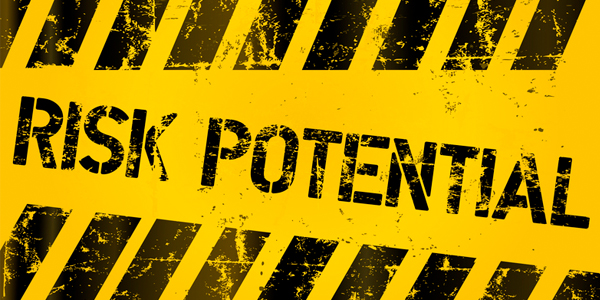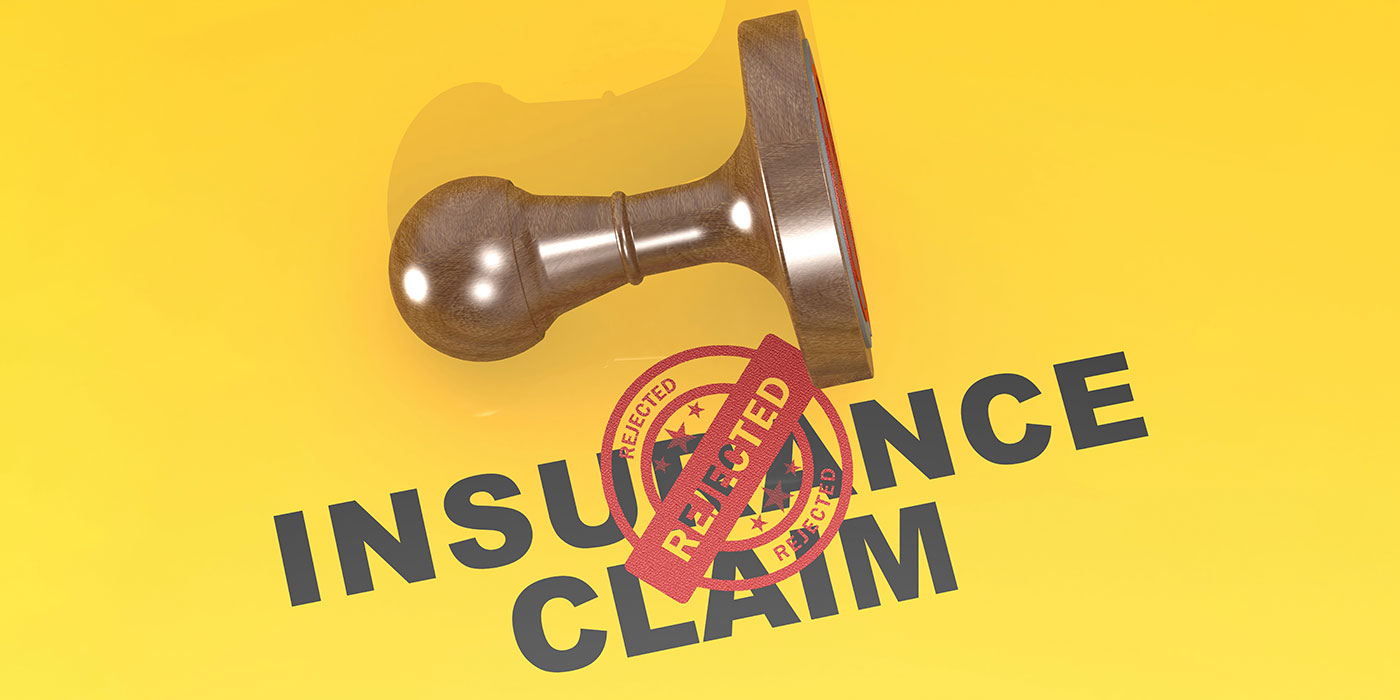The law is very clear that, as an employer, you are responsible for providing your employees with protection from all known hazards they’re exposed to at work.
My recent foray to the front lines of collision repair, where it smells like thinner and you can hear the pulling chains groan, told me that technician safety was less comprehensive than I had expected. I was pleased to discover that color tools have gotten so reliable that few shops I visited spend big hours chasing color match anymore. However, I was discouraged to discover that having everyone wear all the necessary safety gear remains an elusive goal. And before you stop reading and turn to stories in this issue of BodyShop Business that don’t chastise you for your safety mistakes, remember that when an employee is injured severely enough to generate litigation, good intentions won’t help the employer escape staggering punitive judgments.
“Did you provide the appropriate positive-pressure, fresh air-supplied respirators to all your employees spraying isocyanate catalysts, Mr. Shop Owner?” asks the lawyer with the sharkskin suit your ex-painter saw advertised on cable TV.
Ignorance is no excuse (there’s a warning on every can), and if the shop didn’t provide the correct safety gear to prevent the employee’s injury, the court mostly just says “guilty.” I made sure all my customers who bought isocyanate catalysts from me owned a TC-19C (NIOSH standard) legal air supply respirator system. Should any of them have been sued, they could answer, “Yes, I provided the correct safety gear for breathing within isocyanate laden air, but Mr. Ex-Painter wouldn’t wear it.” Now at least it’s a fight and not just a guilty verdict. Determining the proper respirator for the hazard, providing it to the employee and test fitting it for the proper size are all the responsibility of the employer. Document the required respirator training and fit test with signed acknowledgement forms.
Employer Provides
By my reckoning, daily auto body technician safety gear should include the following:
- Safety glasses that meet Z-87 impact standards (and are comfortable and clear enough to actually wear!)
- Ear plugs or earmuffs to keep the shop decibels and the whine of the DAs down to a dull roar
- Dust and particle masks with two rubber bands for sanding (no single-strap mask is legal for anything)
- Charcoal respirators with replaceable cartridges (for paint vapors and spray mists)
- Positive pressure air-supply respirator systems when spraying any isocyanate-catalyzed coatings
- Disposable gloves for solvents, leather gloves for sharp edges
- Paper or washable spray suits and head socks
- Lifting belts or other accommodations to move weighty items (it’s the only back you have, so take care of it!)
- Knee pads or padded mats to work at floor level
- Welder’s hoods and leather capes
General shop safety gear that effects all technicians includes:
- Jack stands and wheel chocks
- Safety chains and tie-downs
- Tool guards (one of the first places insurance inspectors look is the bench grinder)
- Eye wash stations (with BIG printed instructions)
- Easy-to-find First-Aid kits
- Un-frayed extension cords plugged into grounded outlets
- Adequate lighting
- Working fire extinguishers
Dress the Part, Clear the Clutter
Being safe while doing collision repair requires more than just keeping the right respirator on top of your toolbox and wearing protective gloves sometimes. Use your head to think, not just to hang earmuffs and safety glasses on.
Think about what? I saw techs wearing rubber Croc slip-ons for work shoes. I saw techs welding in T-shirts. I saw a painter smoking in the mixing room. Common sense (remember that?) suggests that dropping anything on your foot will come out better in work boots than plastic sandals. I contend that all those sharp metal edges and tight spaces involved in collision repair make a cut or scrape to the skin the most common injury. Thinking about it, some would suggest long sleeves and protective gloves to be a helpful preventative measure.
Safe work spaces are free of obstacles, twisted air hoses and general clutter. Stellar shops (hard to find them, in my experience, but they do exist) have overhead power and compressed air, plus have cleared the work decks by establishing a place for everything. And everything in its place, called 5S in the Toyota Production System nomenclature, just means the battery charger is always stored in the same spot, making it easy and quick for all technicians to minimize wandering around the shop and maximize their hands-on repair time. The bonus to a clean and super-organized production shop area isn’t just safer employees and faster repairs. If Mrs. Smith sees your shop floor looking like all your techs really care, she’ll extrapolate that they’d take good care of her vehicle too. A shop tour through a stellar collision repair production floor is my favorite sales closing tool, because so few shops can do it.
Emergency, Emergency
No body shop safety lecture from me (your mother said thank you) is complete without badgering you about fire and disaster plans. The worst time to decide what to do is when your roof is flying away after getting blown off during a tornado. Your kids’ schools have a fire drill every couple of weeks, yet I contend your shop’s paint area is way more likely to catch fire than the neighborhood grade school. Have a safety meeting with all employees at least once a year. Ask your workers comp insurance carrier for their help. They’d like to avoid paying the workplace injury claim just as much as you’d like to keep the staff healthy. Say where to meet, what to do and who to call when the you-know-what hits the fan. This safety meeting would update the list of who to call for each employee if they’re incapacitated at work and spell out the shop’s policy on reaching working employees if the emergency is at their home base.
Summary
I believe we’re more safety conscious as an industry than in years gone by. Whether from fear of litigation (legitimate risk for any small business these days) or a genuine concern for healthier workplaces, more folks were wearing the right gear on my recent shop visits. But not everyone. It won’t happen unless the shop owner says so. And means it.














